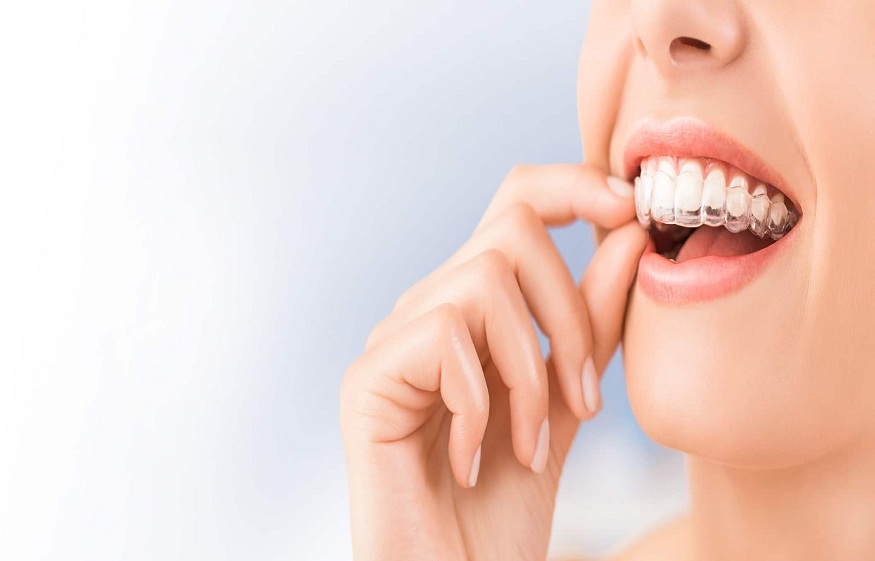
What You Should Know Before Getting a Retainer
Retainers are classified into two types: detachable and permanent. Depending on your needs and any medical issues, your orthodontist will advise you on the best kind for you. You may be given one type, or you may be given a removable retainer for your top teeth and a permanent retainer for your bottom teeth.
A retainer is a device that prevents your teeth from shifting after they have been straightened with braces. It might take at least four to six months for your teeth’s new location to become permanent. During this period, your teeth will attempt to return to their former position, known as relapse. A retainer, when worn as directed, prevents this from occurring.
Let’s look at and compare the various kinds of permanent and removable retainers.
The Benefits and Drawbacks of Removable Retainers
The following are the benefits of detachable retainers:
They come off effortlessly when you want to eat or clean or floss your teeth.
- They’re pretty simple and convenient to get.
The drawbacks are as follows:
- When they’re not in your mouth, they might be misplaced or lost, particularly if they’re not stored in a case.
- They are easily ruined if they are left lying about.
- They may induce excessive salivation.
- Bacteria may survive and thrive on them.
The most severe issue with detachable retainers is that relapse is widespread. This is because individuals may lose their retainer and not replace it, or they may not wear their retainer as often as recommended.
When you don’t wear it, it can’t perform its job, and your teeth will attempt to revert to their previous position.
Both kinds of removable retainers should be removed and gently brushed every day. Soaking it may also be advised by your orthodontist. Find out more about cleaning retainers.
Removable retainers are classified into Hawley retainers and clear plastic retainers.
Retaining agents for Hawley
These detachable retainers are composed of thin metal wire and plastic or acrylic moulded to suit the roof of your mouth or the inside of your lower teeth. They are also known as wire retainers. The connected metal wire travels over the outside of your teeth to keep your teeth aligned.
The Hawley retainer provides the following benefits:
- The retainer may be altered if you need a better fit when you initially acquire it or if your teeth need minor adjustment later.
- It lasts significantly longer than a clear plastic retainer.
- If it is broken, it may be repairable.
- If used and cared for correctly, it may endure for years.
- With this style of retainer, the upper and lower teeth naturally contact.
Its drawbacks include:
- It has a more significant impact on your speech than on other retainers.
- It stands out more than the different varieties of retainers.
- Initially, the wire may hurt your lips or cheeks.
The average cost is between $150 and $340.
Retainers made of clear plastic
These detachable retainers are custom-moulded to match your teeth’s new position. Moulded retainers are another name for them. (Technically, they are known as thermoplastic or vacuum-formed retainers.)
A mould of the teeth is produced to construct this sort of retainer. Afterwards, a thin layer of plastic or polyurethane is heated and sucked down around the mould.
The following are the benefits of using a clear plastic retainer:
- Because it is almost unnoticeable, you are more inclined to wear it. Relapse is thus less probable.
- It’s less noticeable and maybe more comfortable than a Hawley retainer.
- It will have less of an impact on your speech than a Hawley retainer.
Clear retainer disadvantages:
- If you need readjustment, it cannot be modified. It’d have to be replaced.
- It cannot be fixed if it cracks or breaks.
- It may have a more significant impact on your speech than permanent retainers.
- When heated, it might distort.
- It discolours (and becomes more noticeable) with time.
- With this sort of retainer, the top and bottom teeth do not naturally contact.
- It has the potential to trap liquids against your teeth, causing cavities.
The primary distinction between the three most frequent clear retainers is the plastic material used. Vivera, Essix, and Zendura are the brands.
Vivera is frequently referred to mistakenly as Invisalign. This is because the same business manufactures the two items. However, Invisalign is a tooth-straightening aligner rather than a retainer.
Clear plastic retainers have grown in popularity and are now used more often than Hawley retainers.
On average, one tray of clear retainer costs between $100 to $285 (upper or lower).








